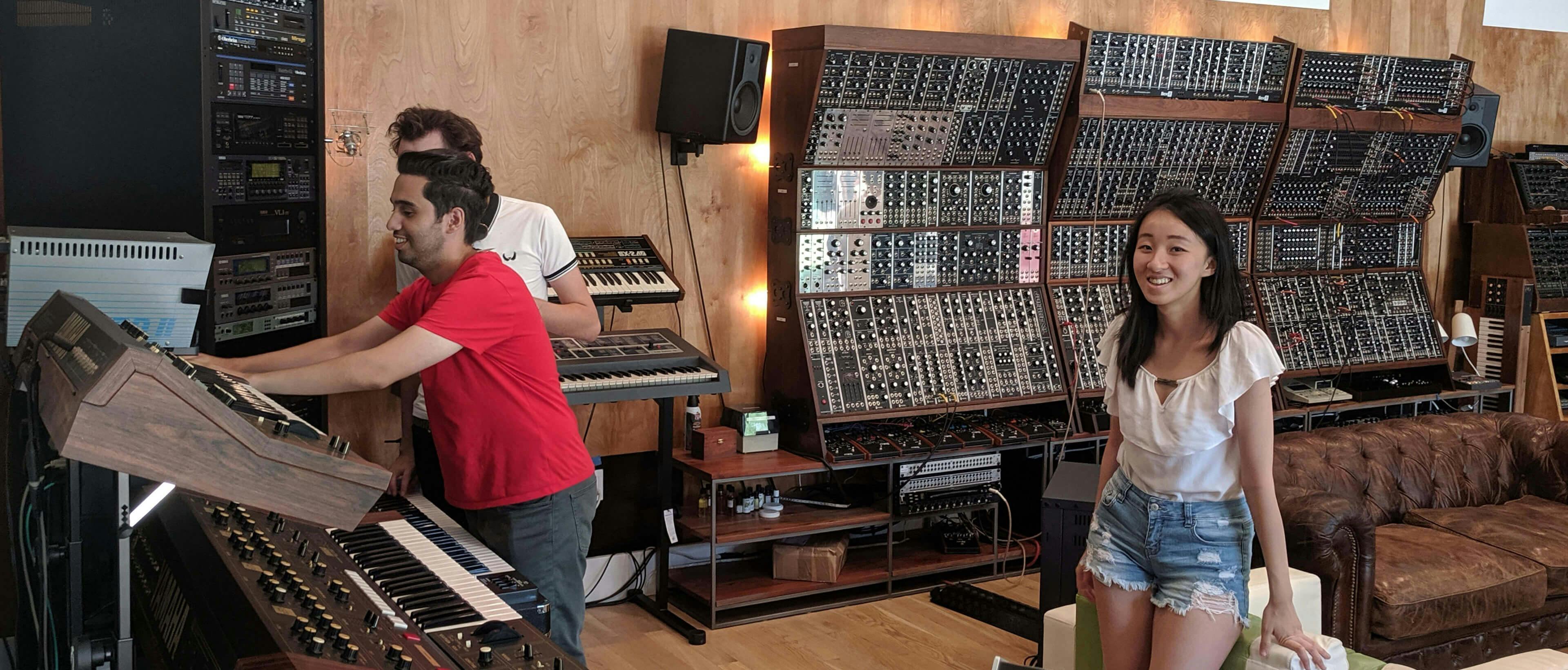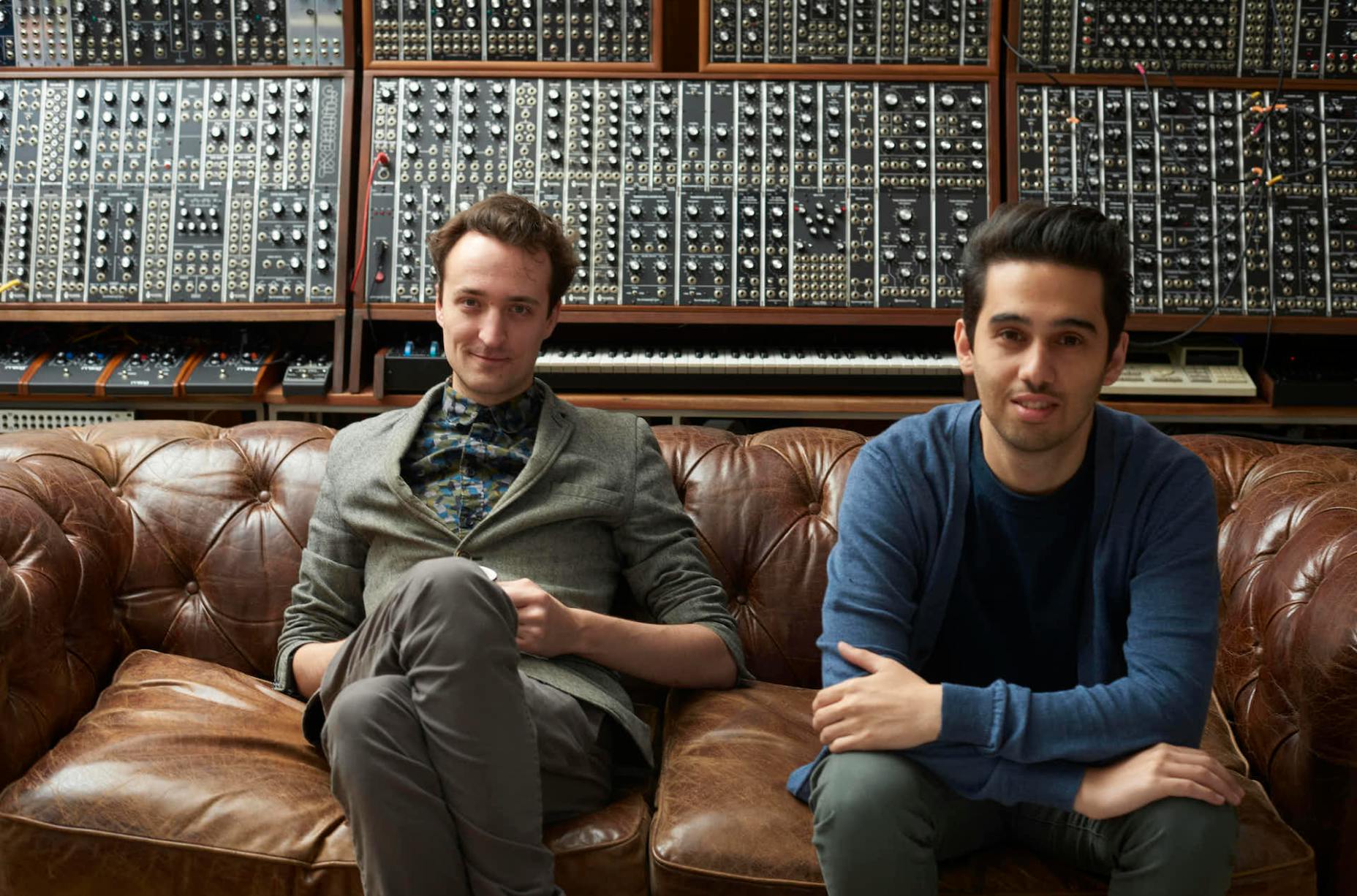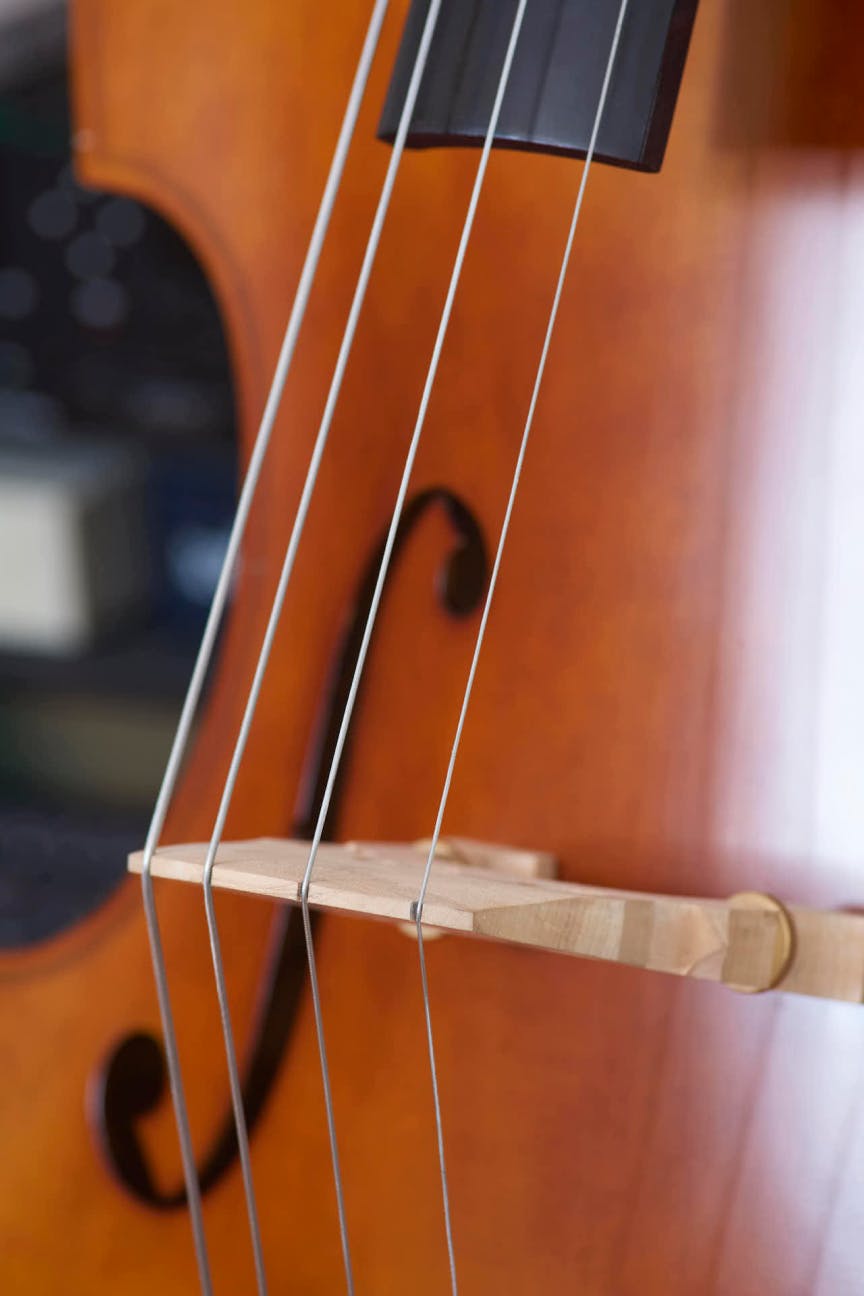Score academy
*Due to the impacts of COVID-19, SCORE Academy is currently paused. Stand by for an update soon!*
Tom Holkenborg’s SCORE Academy provides a singular opportunity. Students will be embedded in Tom’s working studio, receiving a full-contact curriculum designed by Tom himself to create complete film composers.
The SCORE Academy takes a deep dive into production, tackling mixing, working in surround sound, cue structure, sample and plug-in usage, among many other technical skills. Outside the studio the program also provides insight on navigating director / composer relationship and workflow, marketing and promotion, and the business side of Hollywood.
- Pressure cooker training at the advanced level for top talents at the top of the creative industries.
- Learning and working directly in the studios of Tom Holkenborg.
- An opportunity to work with the Junkie XL team.
- Development of skills and knowledge and gaining experience directly from the best industry professionals.
- Highly intensive and individual training. Limited students during each course cycle.
- Network in and direct link to the top of the international film music industry.
- Gateway to a job in the international top of the creative industries.
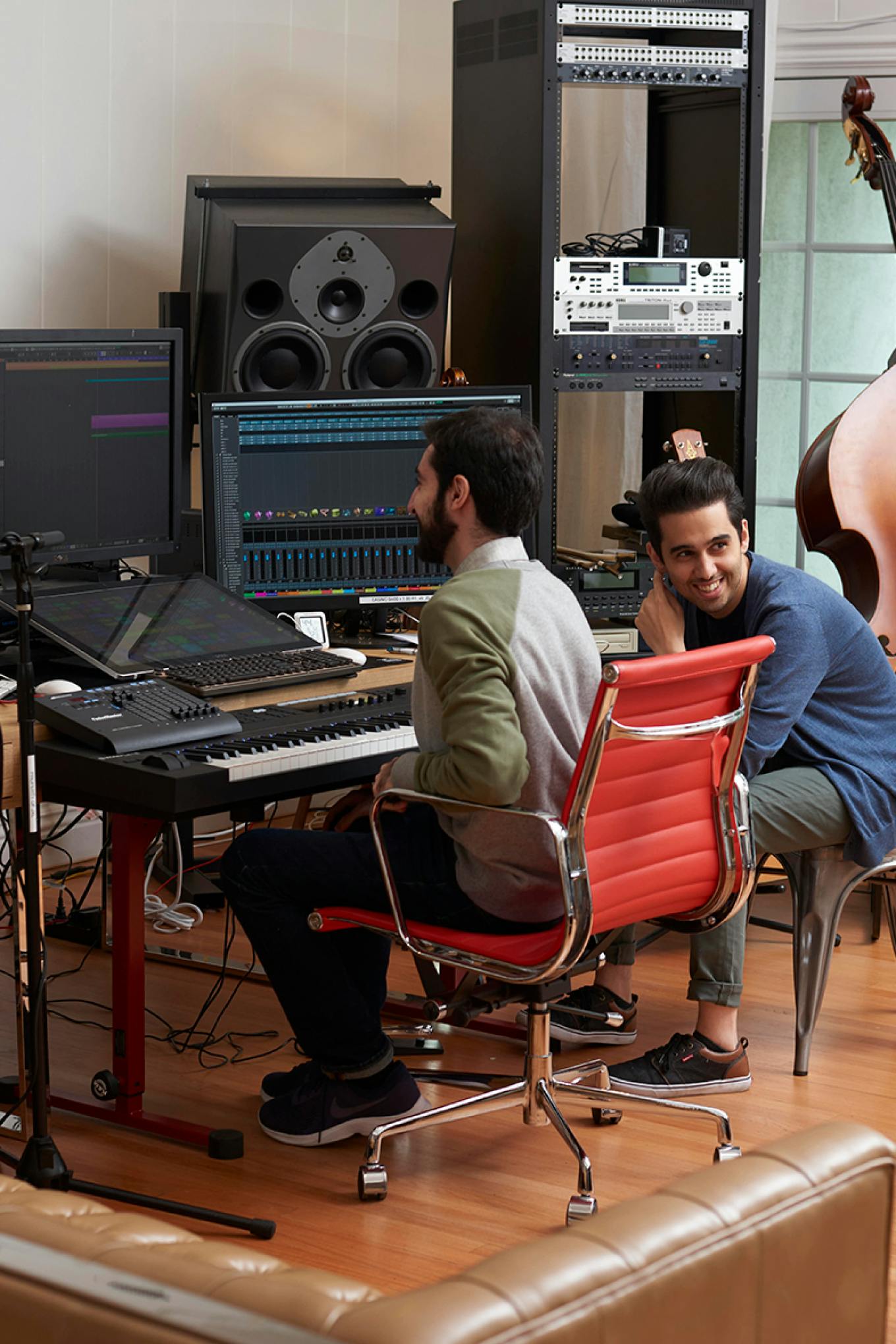
Overview
The SCORE Academy is developed for top talents preparing to work at the highest international level in film scoring. Education is led by Tom Holkenborg (aka Junkie XL) at no cost with living expenses paid for by the student. This takes place in Tom’s own high-end equipped studios in Los Angeles, where the student work on and around actual film projects.
The length of the program is one academic year, September 16th, 2019 - July 17th, 2020.
SCORE Academy brings the student to a whole new level of being a musician and producer. It raises the students skill set to the highest level in all the aspects of scoring, sound design programming, music production, and music technology.
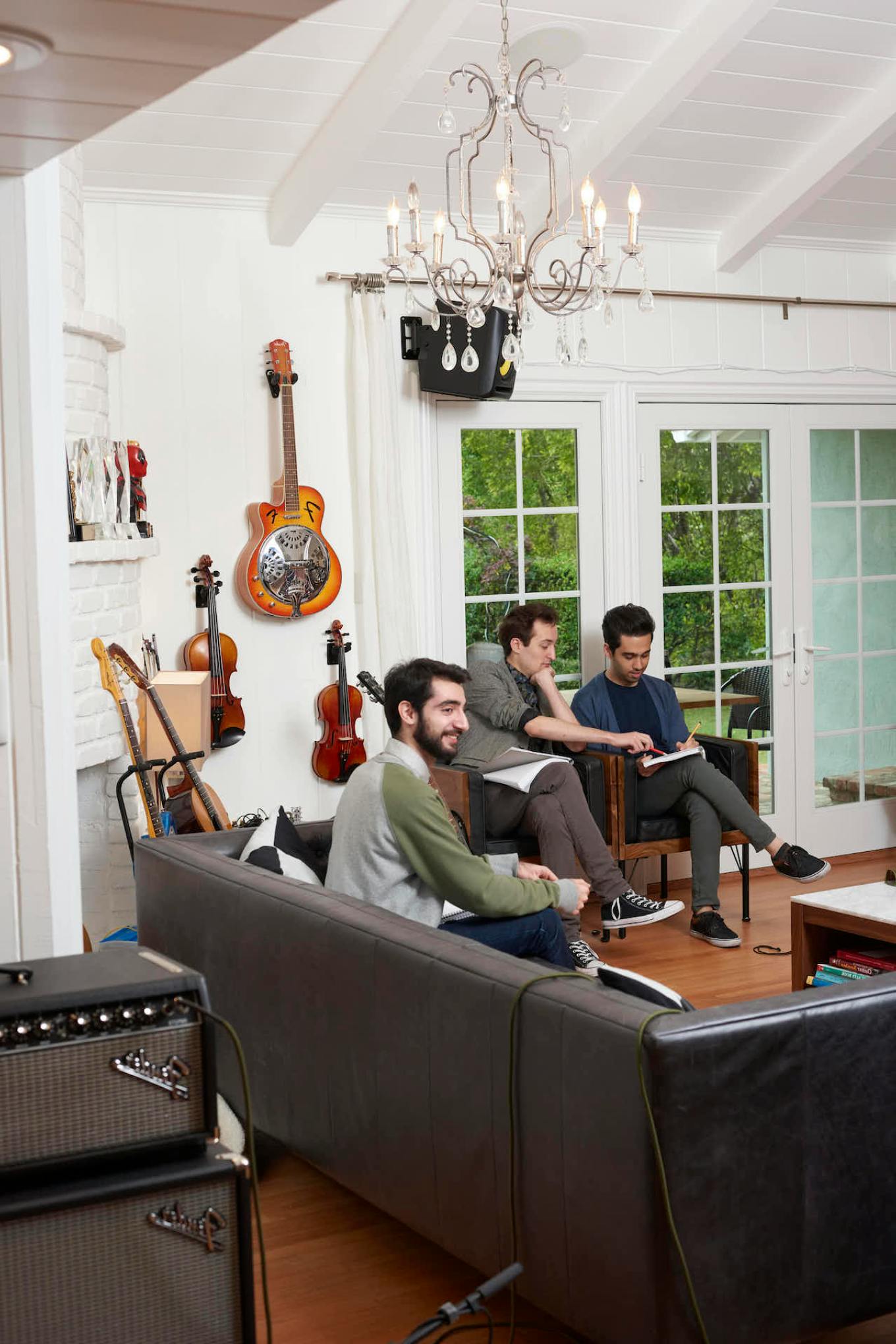
Scoring
- How to use thematic material
- How to change colors in film scoring
- How to structure a cue
- How to score dialogue scenes and how to use proper orchestration
Sound Design
- Designing your own material, sweetening samples
- Getting familiar the thousands of synthesizer plugins and Native Instruments Kontakt
- Creating your own sample libraries from scratch
Production
- How to mix and produce your midi tracks
- How to work in surround
- Finishing the score / orchestration / delivery / synth masters / stems
Scoring
- How to be well rounded in music knowledge
- Learning about the business side of film scoring: managing, promotion, team building, etc.
- Dynamics of a composer, studio and director
- How to leave room for originality
TheStudioLife

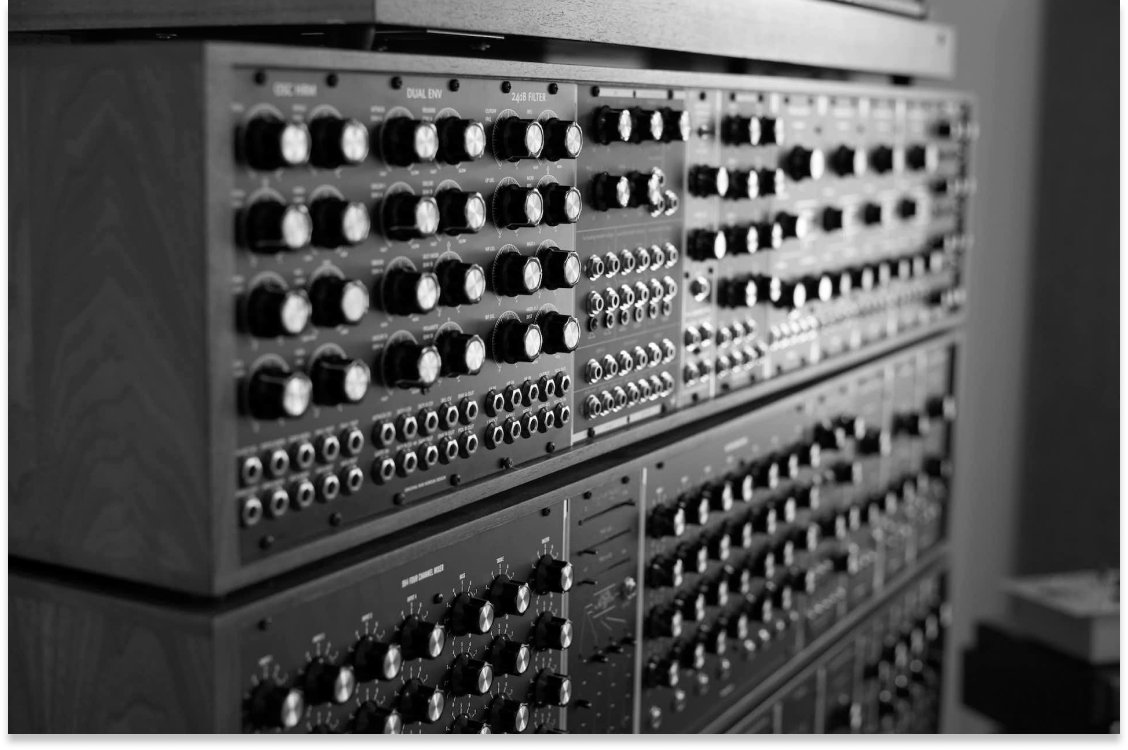
Get Access to...
- 9am briefing for the projects we work on in the main studio every day
- Lunch and dinner every day with the whole crew including other assistants and music editors, where we always discuss all kinds of topics related to our work
- Meeting with Directors and Studio heads/ music departments
- Shadow working on the projects at hand
- Tom will sit and talk to the students almost every day for feedback and extra insights
- Access to senior assistants for help and guidance
- Access to music editors for help and guidance
- Access to Tom’s manager regarding business aspects
- Access to studio meetings with people we will bring out in lecture form
- Access to agents to talk about prospects in future
- Access to a potential job here with Tom Holkenborg
- Realtime work experience including all anxiety, work pressure that comes with it... BUT under a safe umbrella of an academy
- Meetings with Shawn LeMone (Senior Vice President, Film & TV Music / New Media at ASCAP) and other ASCAP executives
Program Contents
After the first one-on-one interaction with Tom Holkenborg, including detailed tours of his studios and formal meetings with his team of creatives, technical assistants, and management, we waste no time in getting the student's hands dirty.
We start with the program consisting with exercises and assignments with personal feedback from Tom and his assistants. The student will be involved in the daily life and routines of Tom and his team, such as the briefings, lunch meetings and meetings with directors.
- Getting familiar with the JXL Template and all its tracks (3,200 of them). Get to know all libraries that are uniquely created for the template and learn all their articulations. Get familiar with the routing of all the tracks and all its sub groups and auxiliary send and returns.
- Getting familiar with all synthesizer plugins installed on the Cubase machine (around 500). Open them up one-by-one and go through sounds, getting comfortable with what each synth has offer.
- Getting familiar with all audio plugins available for audio insert purposes (around 2,500). Get to know all the EQs, compressors and sound design capabilities that are there.
- Getting familiar with Kontakt by Native Instruments and all content that is available for it. 80% of these are homemade libraries (around 4TB). This is the basis for most of the music that Tom makes.
- Reading the JXL Manual: how to use the setup and the basics of film scoring and writing.
- Opening up existing suites/cues - examine contribute to them.
- Learning file management and exporting/importing files; dealing with ProTools picture and file management. Introduction to networking and file transfers throughout studio.
- Getting your feet wet in writing in Cubase in the template.
- Write a drum/sound design suite
- Write a string adagio strings suite
- Write a fully classical heroic suit, but now in fully hybrid mod
- Write a full action suite 100% electronic
- Write suites with emotional story; beats to anger, to action, back to emotional (any style) - The basics of conforming. Students will now take any of suite and start creating a piece of music following instructions of music editors and Tom (shadowing the film we are working on at that time).
- Begin doing your own cues.
